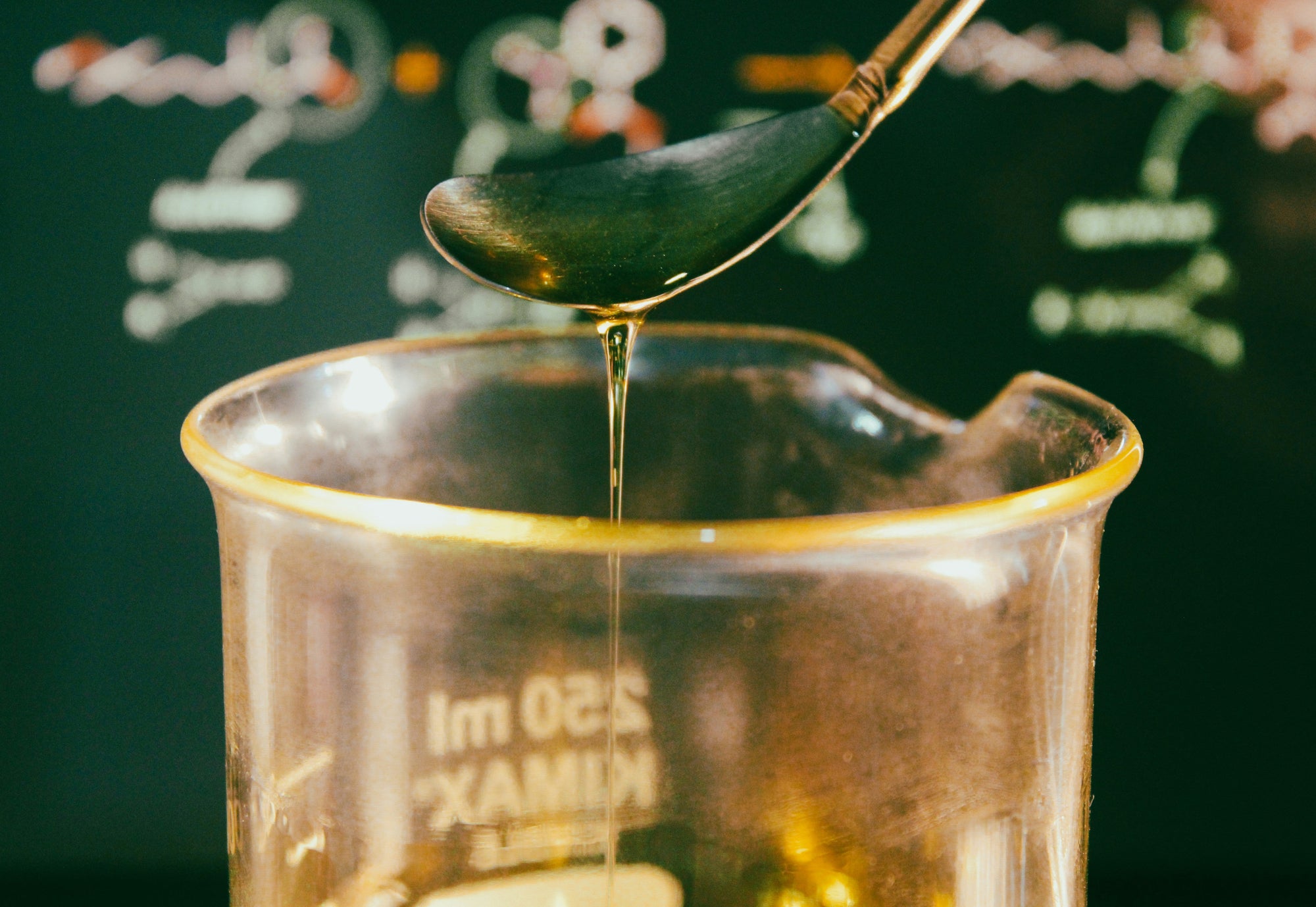

The Science Behind Clean Energy Drinks
Energy drinks have evolved beyond just sugary, caffeine-loaded beverages. Today’s healthier energy options focus on delivering functional benefits without the crash or artificial additives. But what really makes an energy drink “clean” or “healthy”?
1. Natural Caffeine Sources
Instead of synthetic caffeine, many clean energy drinks use natural sources like green tea extract or green coffee beans. These sources release caffeine more gradually, helping avoid jitters and providing sustained mental focus. Scientific studies show that natural caffeine paired with antioxidants can enhance cognitive function and reduce fatigue more effectively than synthetic alternatives.
2. Balanced Caffeine Dose
Moderation matters. Research suggests that about 100mg of caffeine per serving can improve alertness and reaction time without overloading your system. Excessive caffeine (over 200mg per serving) can increase heart rate and anxiety, which is why measured doses are key for a healthy boost.
3. Electrolytes for Hydration
Caffeine can have a mild diuretic effect, so many functional energy drinks include electrolytes—like sodium, potassium, and magnesium—to support hydration and muscle function. Electrolytes help maintain fluid balance, making these drinks not only energizing but also supportive during physical or mental exertion.
4. Natural Sugars and Sweeteners
High sugar content is often the downfall of traditional energy drinks. Clean energy drinks use natural sweeteners like cane sugar, stevia, or monk fruit. These alternatives provide a pleasant taste without the blood sugar spikes and crashes linked to high-fructose corn syrup or artificial sweeteners.
5. Minimal Artificial Additives
Flavor, color, and preservatives matter. The best energy drinks avoid synthetic colors and flavors, relying on real fruit extracts and natural flavorings. This reduces the risk of adverse reactions and keeps the focus on functional ingredients.
